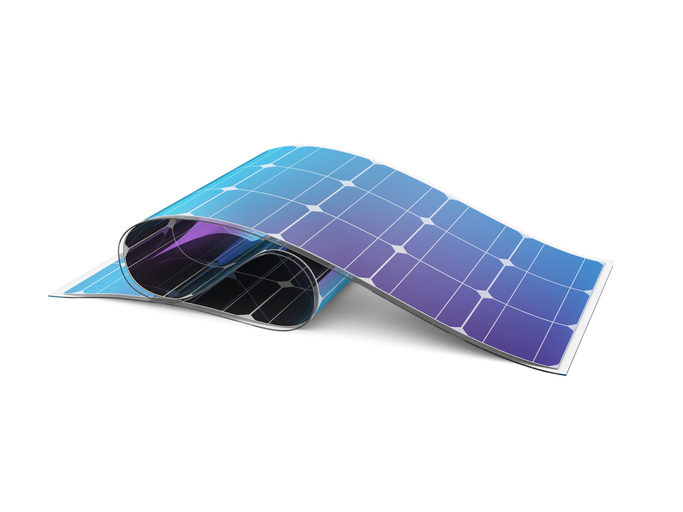Roll-To-Roll Process for Polymer Solar Cells
TECHNOLOGY NUMBER: 4581

OVERVIEW
Improved efficiency and scalability of polymer solar cells via innovative processing method
- Optimizes blend morphology, enabling better charge pathways and higher efficiency
- Renewable energy generation, portable electronics, building-integrated photovoltaics
BACKGROUND
The global energy crisis and environmental pollution problem has driven significant interest in renewable energy sources, with solar power emerging as a prominent solution. Traditional photovoltaic (PV) technologies, while effective, are often expensive and rigid, limiting their deployment. To address these issues, Bulk Heterojunction (BHJ) polymer photovoltaics have been developed for low-cost, flexible, and easy-to-process solar cells. However, existing methods for optimizing blend morphology, such as thermal annealing (TA) and solvent-assisted annealing (SAA), present several drawbacks, including non-uniform vertical phase distribution and long processing times. These limitations hinder the mass production and overall efficiency of polymer solar cells. There is a need for an improved approach to achieve high efficiency and scalability in BHJ polymer photovoltaic cell fabrication.
INNOVATION
University of Michigan researchers have developed new method, named ESSENCIAL (Evaporation of Solvent through Surface Encapsulation and Induced Alignment), introducing a gas-permeable cover layer that allows solvent evaporation while protecting the surface and inducing shear flow of the blend solution through applied pressure. This method achieves a more uniform and optimized blend morphology with fine nanodomains and high crystallinity, facilitating efficient charge generation and transportation. Unlike traditional TA and SAA methods, ESSENCIAL is compatible with high-speed dynamic processes, enabling scalability and application in roll-to-roll manufacturing. Real-world applications include renewable energy generation, where ESSENCIAL-enhanced polymer solar cells could power portable electronics and integrate into building materials, contributing significantly to the reduction of carbon emissions and promoting sustainable energy solutions.
ADDITIONAL INFORMATION
REFERENCES:
Park, H. J., Kang, G., Ahn, S. H., & Guo, L. J. (2010). A Facile Route to Polymer Solar Cells with Optimum Morphology Readily Applicable to a Roll-to-Roll Process without Sacrificing High Device Performances. Advanced Materials, 22(35), E247-E253. https://doi.org/10.1002/adma.201000250
INTELLECTUAL PROPERTY:
US9184400 "Methods of making organic photovoltaic cells having improved heterojunction morphology"